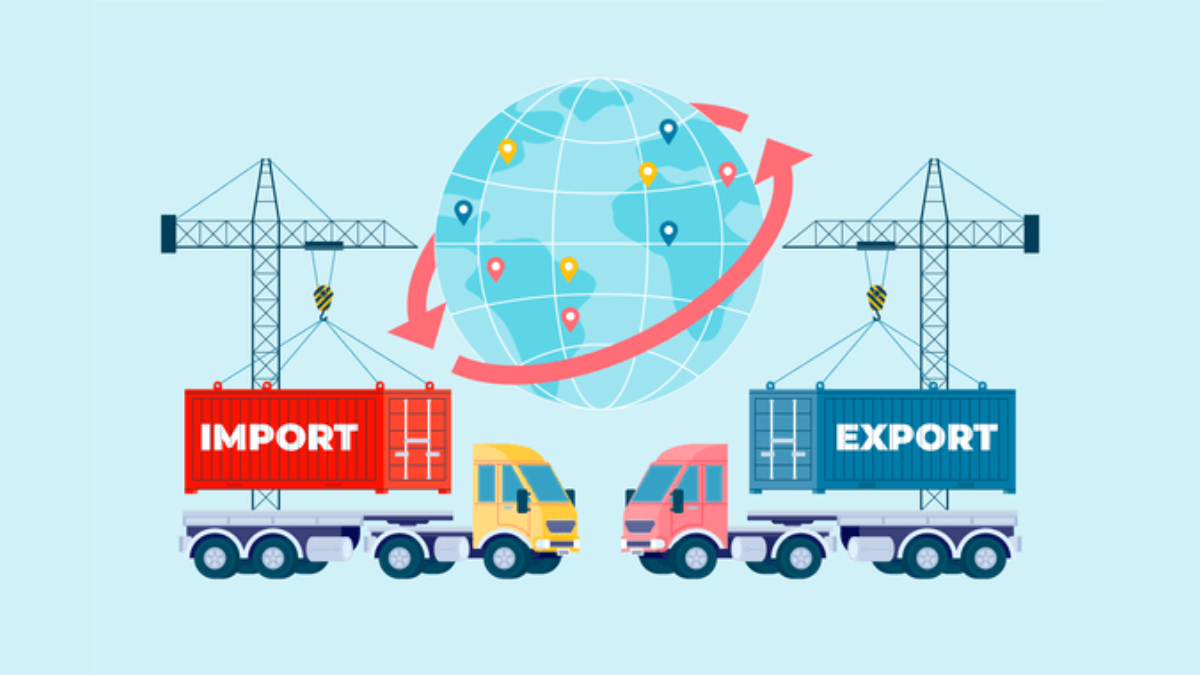In the global market, exporting foodstuff involves a series of strategic steps and meticulous planning. From sourcing to delivery, each stage demands attention to detail and adherence to international standards to ensure successful exportation.
1. Market Research and Demand Analysis
Before initiating the export process, thorough market research is vital. Identifying target markets, understanding consumer preferences, and analyzing demand trends play a crucial role in shaping the product range and export strategy.
2. Quality Sourcing and Production
The foundation of successful foodstuff export lies in sourcing high-quality raw materials and ensuring impeccable production standards. Partnering with reliable suppliers and maintaining stringent quality control during production guarantees excellence in the final product.
3. Compliance with Regulations and Certifications
Adherence to international trade regulations and obtaining necessary certifications is non-negotiable. Certifications like ISO, HACCP, and organic certifications build credibility and trust in the global market.
4. Packaging and Labeling Compliance
Proper packaging that preserves the quality and integrity of the foodstuff is imperative. Complying with labeling requirements of the destination country ensures smooth customs clearance and consumer trust.
5. Logistics Planning and Transportation
Efficient logistics planning ensures timely delivery and maintains the freshness of the products. Selecting appropriate transportation methods and maintaining optimal storage conditions during transit are essential.
6. Customs and Export Documentation
Navigating through customs and handling export documentation accurately is crucial. Ensuring all necessary permits, licenses, and paperwork are in order facilitates a seamless export process.
7. Market Penetration and Distribution
Upon arrival, effective market penetration strategies are essential. Collaborating with local distributors or establishing direct distribution channels helps in reaching the target audience efficiently.
8. After-sales Support and Feedback
Providing after-sales support and gathering customer feedback is invaluable. Understanding consumer responses and adapting to their needs enhances future export strategies.
9. Continuous Improvement and Adaptation
Constantly evaluating the export process and adapting to market changes is key. Flexibility and agility in adjusting strategies ensure sustained success in foodstuff exportation.
Conclusion
The journey of foodstuff exportation demands meticulous planning, compliance with regulations, and a customer-centric approach. Each step is intertwined, and attention to detail at every stage guarantees success in navigating the complexities of the global foodstuff market.


